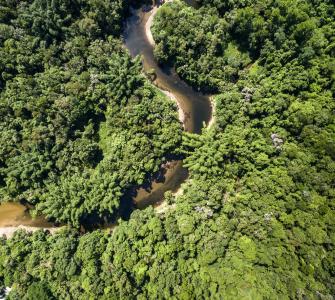The development of a bioeconomy, in which economic development focuses on sustainable production and using renewable resources, such as wind and solar energy, to replace fossil fuels in production, processing, and other economic activities, represents a significant investment opportunity for the Brazilian government. Not only can a bioeconomy help reduce Brazil’s dependence on finite natural resources, but it can also help to mitigate climate change and increase economic activity, particularly in the agribusiness sector, a cornerstone of the Brazilian economy.
In this context, CSF conducted an analysis to: (1) determine the potential development of a bioeconomy, focusing on açaí, Brazilian nut, and timber, for economic development at both the national level and for four states in the Amazon (Acre, Amazonas, Pará and Rondônia); and (2) map challenges and opportunities for the implementation of a bioeconomy of scale in the broader Amazon region. The goal was to provide key recommendations to support the development of an initial strategy for implementation of a bioeconomy plan focusing on the extractive industry in the region in close collaboration with each state’s Department of Environment.
These strategies were then validated by Conservation International and other project partners (e.g. the state secretariats and the Green Climate Fund Task Force) presented at the 2021 United Nations Climate Change Conference (COP26) in November 2021.
This project was conducted in partnership with and funded by Conservation International Brazil.
Photo: River in the Brazilian Amazon
Photo Credit: Gustavo Frazao/ Shutterstock.com

